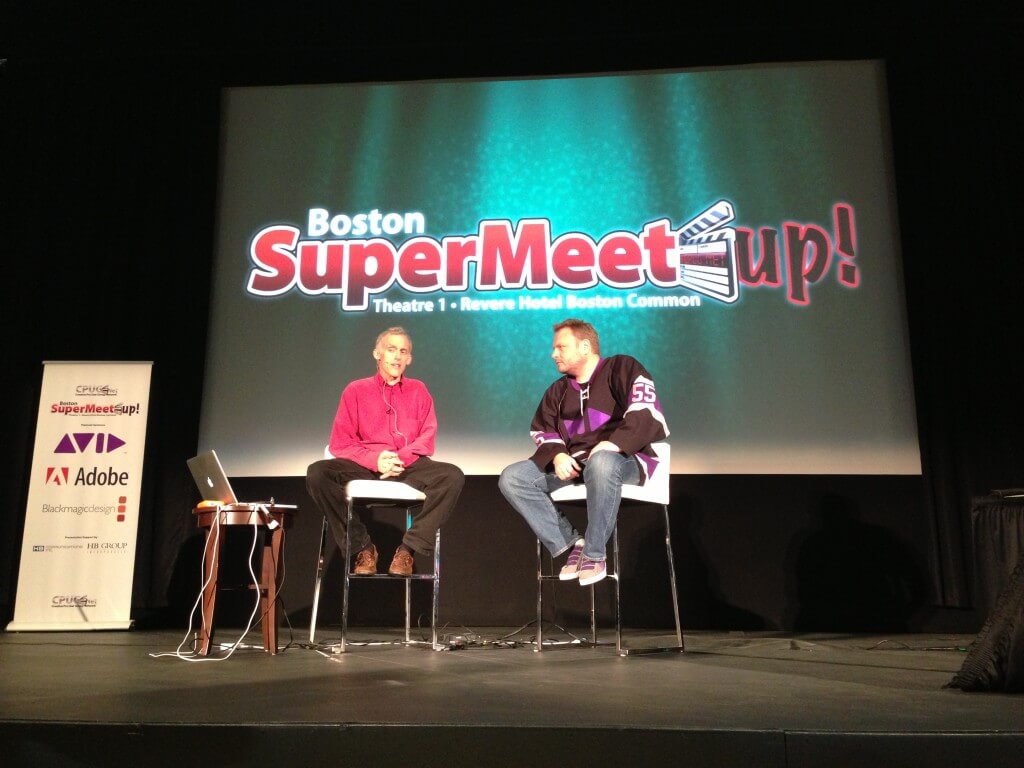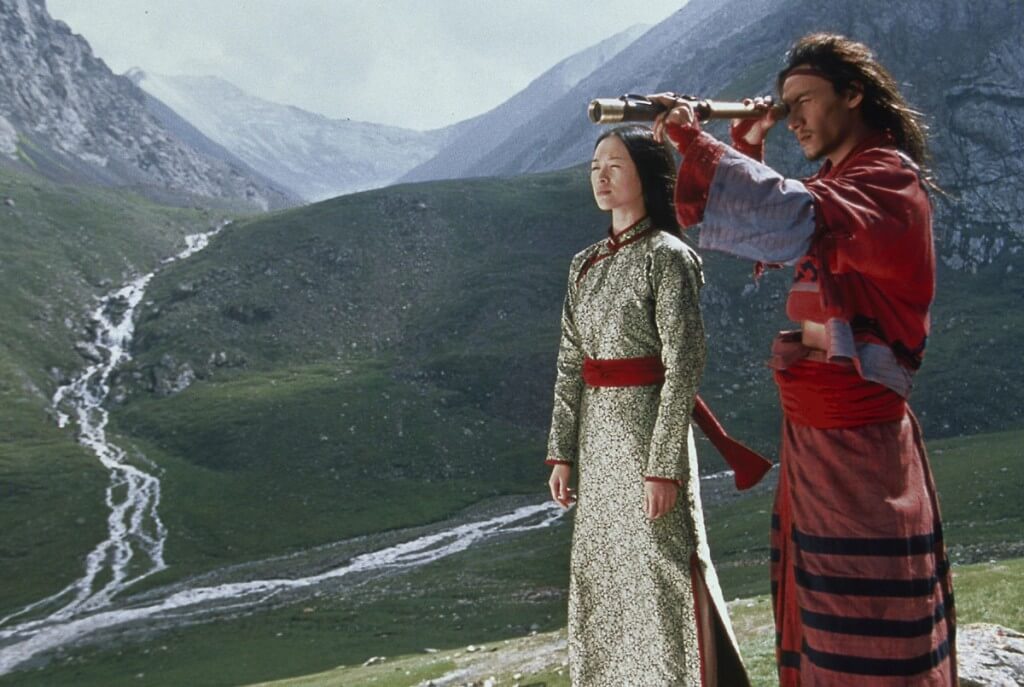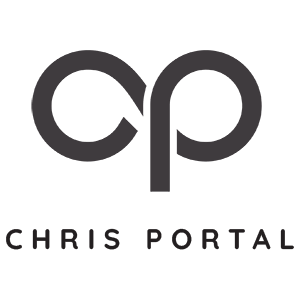The Creative Pro User Group hosted their 3rd annual Boston SuperMeet Friday night (“meet up” technically, given the smaller venue they were limited to this year) at the Revere Hotel Boston Common. The sold out evening started off with a quirky music video for The Bynars’ “Every Little Thing You Love”, directed by JP DiSciscio, with a crew composed of various Emerson students and alum. Described as a labor of love, the concept video shot on a Nikon D7000 was a 1950’s homage about a girl who falls in love with an alien.
[iframe: src=”http://player.vimeo.com/video/48846042?badge=0″ width=”640″ height=”360″ frameborder=”0″ webkitAllowFullScreen mozallowfullscreen allowFullScreen]
Other highlights of the evening included Kanen Flowers discussing his workflow producing comedy shorts for Scruffy.TV, and the New York City Diamond Brothers who shared their experience using the new Black Magic Cinema Camera under a variety of setups (with and without light setups; handheld documentaries; interior and exterior shoots; etc.), which reiterated the many features (and limitations) of the BMCC that have been documented by many on the web. The most impressive detail I was left with on the BMCC was its dynamic range and ability to hold detail in the highlights, especially in the exterior shots presented. The main event of the evening though was reserved for a discussion between Matt Feury from Avid, and Ang Lee’s editor, Tim Squyres, A.C.E.
Working with Ang Lee
Tim started his working relationship with Ang Lee nearly 28 years ago when Tim was hired because they couldn’t afford a real editor. As Tim described it, he “learned to edit by editing Ang Lee features”. Asked how he and Ang work together, Tim emphasized it’s the directors’ movie, not his. During first assembly, Tim will often cut while Ang is shooting, sending him cuts for feedback. However, Ang hardly ever gives any feedback (or acknowledgement that he’s even looked at the cuts). For Ang, reviewing these early assemblies is about making sure everything is covered. This leaves Tim to do most of the early assemblies alone, and more often than not, 90% of the decisions are made at that stage. By the time Ang sits down with him, the cuts have been pared down.

Tim shared a number of anecdotes from a variety of films he and Ang worked on together, most notably being “Crouching Tiger, Hidden Dragon”. One being how Ang chose to shoot the fly wire action scenes different than they’ve traditionally been in Asian cinema, in order to preserve a western sensibility for the film. But when a second unit segment was shot by an Asian assistant, Tim discovered how much the 2 styles clashed, resulting in Ang choosing to toss out the second unit material.
Another humorous story involved the “Crouching Tiger, Hidden Dragon” script, which was total gibberish when Tim first received it due to the poor translation from Mandarin to English (had Ang not been involved at that point, Tim wouldn’t have taken the project on he says). Some time later, Tim got another copy of the script, which was very different. Thinking the script actually changed at first, he later learned it was actually the same exact version he had gotten before. It appeared different because it was being translated by native Mandarin speakers, not native English speakers!
Life of Pi & 3D
Tim shared a short preview of Life of Pi, which consisted of final picture, but with Tim’s own audio mix. He talked about how the project had been kicking around the studios for some time because thematically, it was a challenging book to turn into a film. Ang had been open to doing it so long as he found a way of keeping the religion and spirituality in it.
Principal shooting started in January 2010, with pre-viz nearly a year before that, and Tim officially finishing it this past Monday! Ang and Tim had decided early on to openly accept 3D, choosing to live and experience the film as such throughout the whole production. It was shot in 3D in Taiwan with an Arri Alexa, cut in 3D in NY with Avid Media Composer 5.5, and projected daily in 3D with the largest screen possible. It was Ang’s first 3D film, and as if the technical challenges that presented weren’t enough (more time to swap lens, re-calibrate cameras, etc.), the production was a blend of everything you typically want to avoid – shooting on water, working with kids, integrating live animals, etc.…all the things you’re not supposed to do in a movie. Fortunately, nothing needed to be shot in the ocean. It was all in a tank against a blue screen, with sparse use of live tigers.
[iframe: width=”640″ height=”360″ src=”http://www.youtube.com/embed/9BzowSv5CrU” frameborder=”0″ allowfullscreen]
Tim found he 3D workflow on Media Composer 5.5 wasn’t quite as streamlined as it is in version 6 right now, which meant for things like reconverging elements to move them from the back of the screen to in front, it required overlaying left and right eye tracks on the timeline (version 6 provides panning tools to avoid having to double your tracks). There are 2D and IMAX versions Tim edited as well, but he strongly recommended seeing the film in 3D with Dolby ATMOS if you can.
The film wasn’t shot with traditional coverage, which limited Tim in the number of ways he could assemble a scene. He relied heavily on his team of assistants and FX artists who were running a total of 5 edit stations. While the assistant editors did some of the sound editing, Tim waxed nostalgia on the days before digital when people became assistant editors in order to learn how to edit. To learn about structure by observing the collaboration between the editor and director, participating in the creative process of editing by editing some of the smaller scenes.
Nowadays, especially when you’re shooting in 3D, the assistant editor is busy managing dailies and backups, exercising a complicated and mind-boggling workflow that you inevitably discover halfway through production, that you’re never going to follow again because “it’s all changed”. The assistant editor’s job is far less creative today. They’re incredibly valuable and indispensable, and are required to be a technical powerhouse first and foremost, leaving little to no time to observe or contribute to the creative side of the work.
It was a somber reality of the digital age for all the would be editors in attendance.


